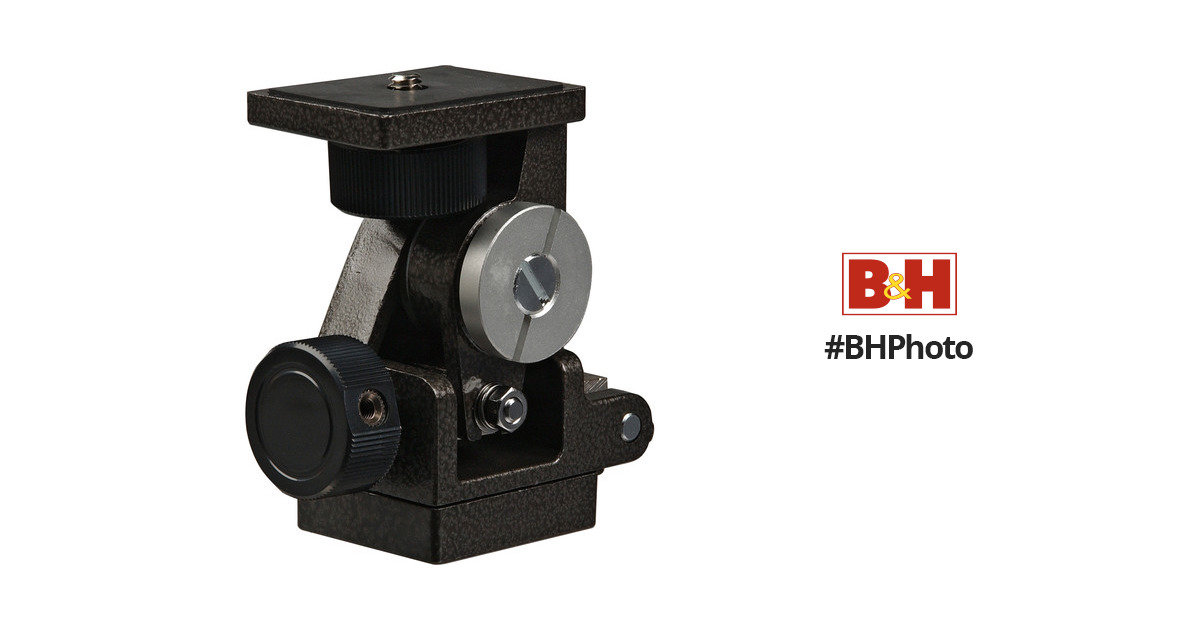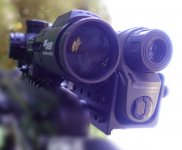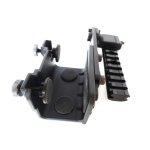The only two options I've found is this for $1000+
Ashbury Precision Ordnance Electro-Optical Rail Grabber Mount w/Azimuth and Elevation Adjustment
https://www.solidsolutiondesigns.co...ation-adjustment-081-03v-0001-00-color-black/
and this for $39
Orion 7033 Precision Slow-Motion Adapter
Can anyone point me in the direction of other options?
Note I do not want to use a ball head for this. I'm specifically looking for something that has windage/elevation dials.
I should add that my budget is max about $300 for this.
Thanks much!
Ashbury Precision Ordnance Electro-Optical Rail Grabber Mount w/Azimuth and Elevation Adjustment
https://www.solidsolutiondesigns.co...ation-adjustment-081-03v-0001-00-color-black/
and this for $39
Orion 7033 Precision Slow-Motion Adapter
Amazon.com : Orion 7033 Precision Slow-Motion Adapter : Tripod Accessories : Camera & Photo
Amazon.com : Orion 7033 Precision Slow-Motion Adapter : Tripod Accessories : Camera & Photo
www.amazon.com
Can anyone point me in the direction of other options?
Note I do not want to use a ball head for this. I'm specifically looking for something that has windage/elevation dials.
I should add that my budget is max about $300 for this.
Thanks much!





